Summary of GCD in the middle group on the topic "Wild animals in winter."
Author: Baskakova Lyudmila Pavlovna, teacher of MDOBU combined type kindergarten"Teremok" Sibay.
Description of material: I offer you a summary of direct educational
activities for middle group children on the topic "Wild animals in winter." This material
will be useful for middle school teachers. This is a summary of an educational lesson,
aimed at fostering a careful and caring attitude towards forest inhabitants and developing interest in the natural world and curiosity in children of this age.
Summary of direct educational activities in the middle group on the topic
"Wild animals in winter."
Target: Continue to form ideas about seasonal changes in the life of wild animals.
Tasks:
Educational: To form ideas about seasonal changes in the life of wild animals, their habits, appearance, food chains, and lifestyle in winter.
Educational: Develop attention, memory, logical thinking, observation.
Speech: Develop coherent speech, enrich children's vocabulary: huntsman, connecting rod bear, den.
Educational: Foster a caring and caring attitude towards nature and its inhabitants.
Demo material: soft modules for simulating a den; trees: birches, fir trees;
drawn animal tracks: hare, fox, wolf, squirrel, moose; sound effects (howling of wolves, sniffling of a bear); a set of items for the game: cones, mushrooms, cabbage, carrots, a bunch of hay, grain, nuts, etc. etc.); set of pictures "Wild animals of the forest", a feeder with hay and
grain, soft toys: white hare, squirrel, fox.
Preparatory work: looking at illustrations, reading fiction about nature, reading fairy tales about animals, solving riddles, drawing forest inhabitants, talking about the rules of behavior in nature.
Methodical techniques: conversation-dialogue, story, examination, physical exercise, listening to sound recordings.
(Children sit in a semicircle on chairs)
Educator: Guys, guess the riddle: There is snow on the fields, ice on the rivers, a blizzard is walking,
when does this happen?
Children: In winter.
Educator: What time of year is it now?
Winter.
Educator: Name the signs of winter.
Children: Snow, blizzard, cold wind, frost, ponds become covered with ice, some animals change the color of their coats, warm winter fur grows, some animals go into hibernation.
Educator: How do people prepare for winter? What clothes do they wear? Let's go with you too
Let's dress warmly and go on an excursion to the winter forest. How can you get to
in winter to the forest? (children's answers) And you and I will get there on skis. (Children together with
The teacher imitates dressing and skiing). Guys, let's remember how to behave in the forest. We reinforce the rules (don’t make noise, don’t break branches....) While we’re skiing
Let's remember what the animals that live in the forest are called? (wild)
Educator: Well, here we are. Look at the beauty all around: the trees are covered in snow, everything is white all around, silence in the forest... (we approach the place where the fox tracks are)
-Guys, whose tracks are these?
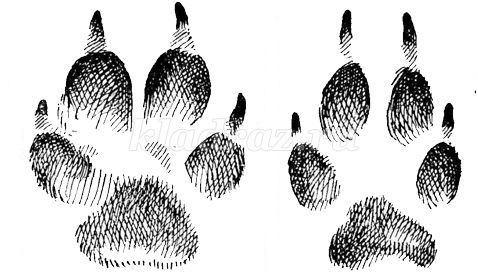
Children: Foxes.
Educator: Let's, guys, let's see where the fox lives. (You can see the fox from the hole. Conversation about the fox). The fox is a predator, very cunning. She has fluffy, red fur and a long fluffy tail.
She uses it to cover her tracks in the snow. The fox hears the squeak of mice under the snow, digs up the snow and catches mice. The fox also chases hares. Lives in a hole. (This is approximately the story the children and their teacher make up). How does a fox walk?
Children: It meanders.
Educator: Let's name all the members of the fox family.
Children:The father is a fox, the mother is a fox, the baby is a fox, and there are many cubs.
Educator: In what fairy tales do we see a fox?
children:“The Fox and the Wolf”, “Zayushkina’s hut”, “The fox with a rolling pin”, “The cat, the fox and the rooster”...
(moving on)
Educator: Oh, guys, look at someone’s footprints here again?!
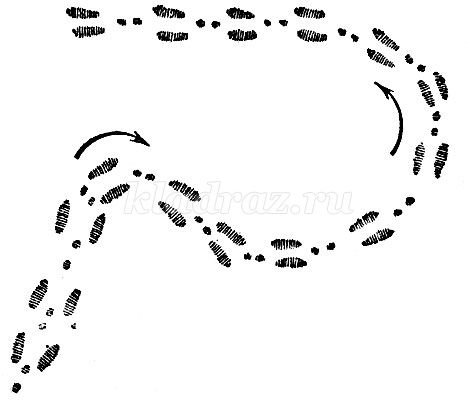
Children: Hare tracks. Hare tracks.
(we are looking in the footsteps of the hare).
Educator: Look, there's a hare sitting under the bush. What is he like? Why? (conversation about the hare)
The hare is white. It has long ears, fast long legs. It changes its coat 2 times a year. In summer it is gray, in winter it is white. In order to be more invisible to predators in the snow. It feeds in winter
bark of trees. The little hare is born smaller than the palm of your hand, but after 3 days he deftly jumps and runs. What kind of bunny is there in fairy tales?
Children: Cowardly, afraid of everything.
Educator: Let's, children, make a chain of a hare family. Father-hare, mother-hare,
baby bunny, lots of bunnies.
Outdoor game "Fox and hares." Children in a circle hold hands. They are trees. One child is a fox, the other is a hare. The fox chases the hare, and the trees interfere with the fox with branches (hands).
(The howling of wolves is heard - sound recording).
Educator: What is this, children?
Children: It's the wolves howling.
Educator: That’s why the bunny hid under a bush. He was scared of the fox, but he was scared of the wolves. Look, children, be quiet, otherwise the wolves will come here. You see the tracks of the wolves. They are prowling the forest, looking for their prey. (Conversation about wolves).
A wolf does not change the color of his fur coat in winter, but it becomes thicker and warmer. Wolves live in burrows called - lair At night they often howl. Wolves hunt in packs on sick and weak animals.
Let's make a chain of the wolf family. Papa wolf, mother wolf, baby wolf, many
wolf cubs, wolves.
-In what fairy tales do we meet a wolf?
Children:"Little Red Riding Hood", "The Wolf and the Fox", "The Three Little Pigs", "The Wolf and the Seven Little Goats"....
Educator: Is the wolf the same in all fairy tales?
Children: No. In some he is evil, in others he is stupid, gullible...
Educator: Well, let's move on before we meet any wolves.
(we go to the tree with a squirrel hollow)
Educator: Guys, what is that lying in the snow?
Children: Cones, mushrooms.
Educator: Where do mushrooms come from in the forest in winter? Maybe someone lost them?

Children: This is a squirrel.
Educator: Let's come closer and take a look. Indeed, this is the home of a squirrel. What is the name of the squirrel's house?
Children: Hollow (a squirrel can be seen from the hollow)
Educator: That's right. (talk about squirrels) The squirrel is small, red, harmless
animal. She deftly jumps on the branches. Squirrels make provisions for the winter: berries, mushrooms, nuts.
Squirrels can be tamed and then they can take food directly from human hands.
Let's make a chain of the squirrel family. Father squirrel, mother squirrel, baby squirrel, many
protein. Well, let's not bother the squirrels and move on. Oh, what is this? (there is a feeder with hay and grain).
Children: There is hay and grain here.
Educator: How did they get into the forest and for whom? Yes, there are some interesting traces here. Whose ones do you think?
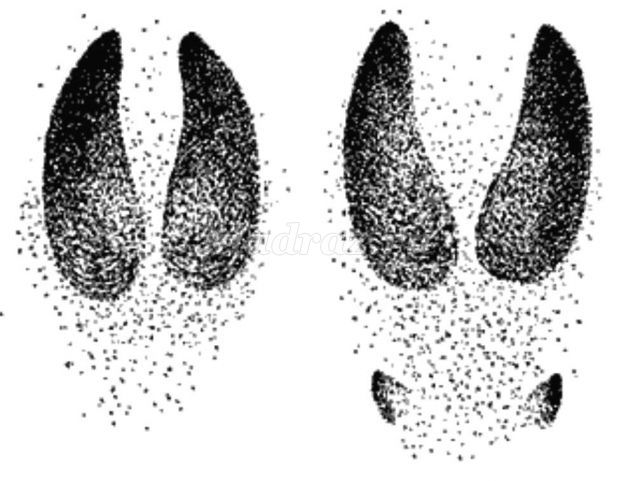
Children: Moose tracks.
Educator: That's right. Those were moose walking. And who gave them the hay?
Children: People. So that the moose do not die of hunger.
Educator: Well done! And the people who help moose survive in the cold season are called foresters, huntsmen. (Conversation about moose). Moose are large ungulates (hooves on their feet) animals. They feed on twigs and bark of trees. They walk on deep snow,
therefore they often become prey for wolves. Let's make a chain of the moose family.
Father-moose, mother-moose, baby-moose, many-moose.
- Let's move on, children. Look what a big pile of snow. Who shoveled it here?
(sound recording-sniffing-snoring bear)
Educator: Children, do you hear what this is? Someone is snoring. Who do you think is sleeping here?
Children: The bear is sleeping in the den.
Educator: That's right, well done! Here is the bear's den. (Conversation about the bear). Bear-
this is a large forest animal. It has warm, brown fur. By winter, it stores a lot of fat under its skin. The bear sleeps all winter. It eats nothing. In winter, the bear gives birth to a small bear cub. All winter it feeds on its mother’s milk, and in the spring it comes out with its mother from the den. If you accidentally wake up a bear during hibernation, he will wander through the forest very angry. At this time he is very dangerous. Such a bear is called - CONNECTING ROD. Who else sleeps in winter?
Children: Badger, hedgehog
Educator: Well, in order not to wake the bear, let’s move away from the den and warm ourselves up.
a little, otherwise it’s cold outside.
Physical exercise.
One, two (squat, hands on belt)
This is a bunny exercise, ears on the top of the head.
And when the foxes wake up (put our palms into fists and rub our eyes)
They like to stretch for a long time. (We stretch)
Be sure to yawn (imitation yawning)
Well, wag your tail.
And the cubs arch their backs
And jump slightly.
Well, the bear is clubfooted,
With his paws spread wide,
Together with the bunny he marks time for a long time.
Educator: Well, children, it’s time for us to return to kindergarten. Let’s not disturb the forest animals (we return imitating skiing).
(Children sit on chairs, taking off their warm clothes)
Educator: So our excursion is over. And in order not to forget who we met in the forest, now we’ll guess puzzles and select pictures for the answers (children hang pictures of animals on the board).
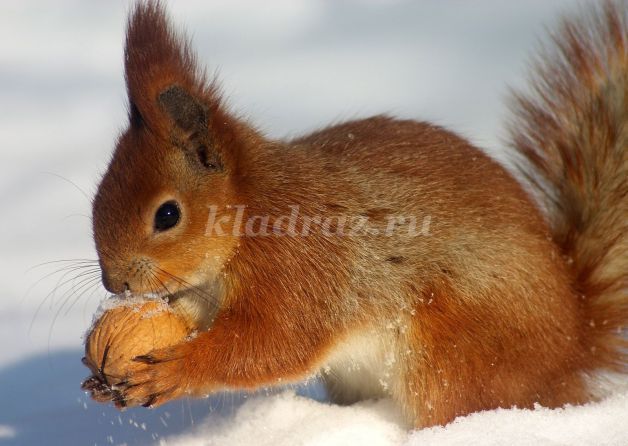
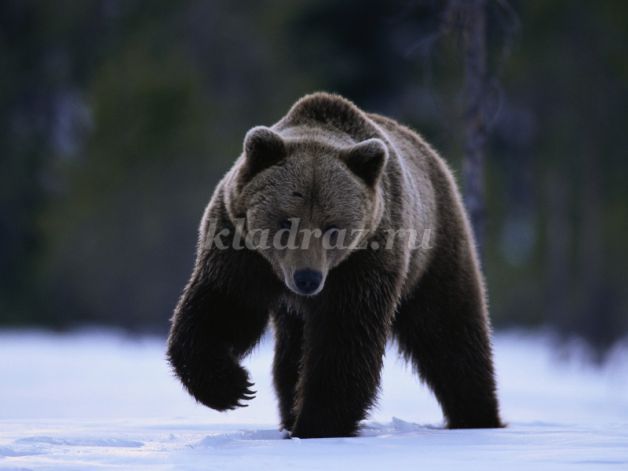
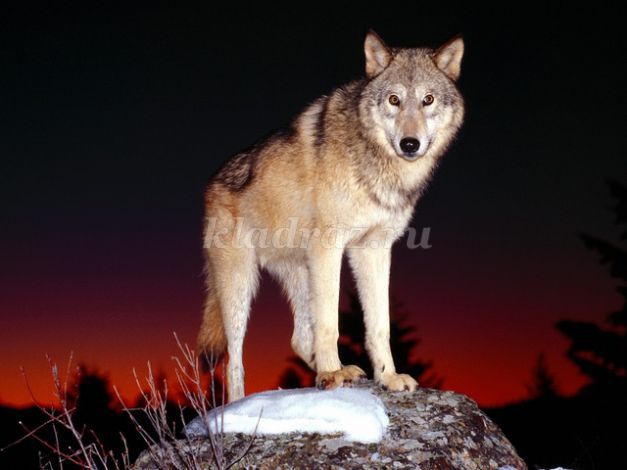

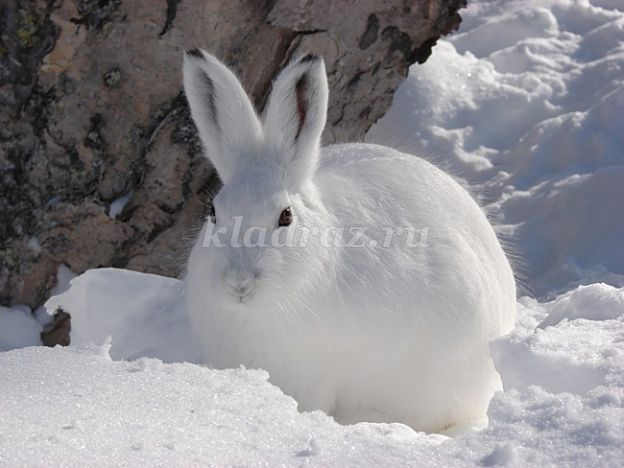
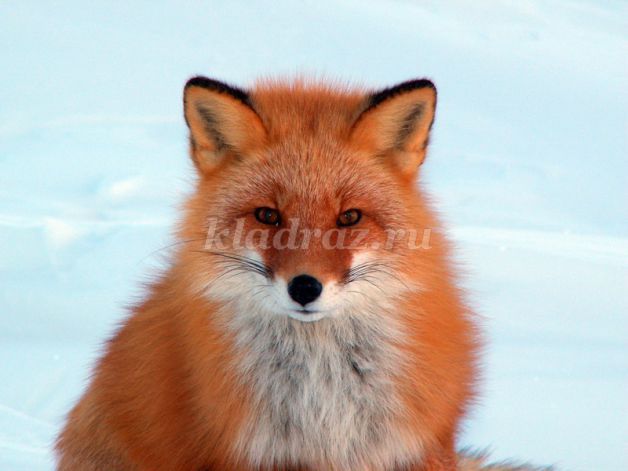
- Who sucks his paw in winter? He also loves honey, he can roar loudly, but his name is...? (bear)
A small, red animal, jumping and jumping along the branches. (squirrel)
Jumps across the field, hides its ears. Stands up like a pillar, ears upright. (Hare)
Who walks around angry and hungry in the cold autumn? (wolf)
The tail is fluffy, the fur is golden. Lives in the forest, steals chickens in the village. (fox)
Touching the grass with his hooves, a handsome man walks through the forest, walking boldly and easily, with his horns spread wide.
(elk)
Educator: Well done! All the forest animals were correctly named and recognized. And now
let's play another one game "Who eats what?"(magic bag with food items for wild
animals) We put our hand in the magic bag, take out the item and say who is eating it.
Educator: Well done! So the lesson has come to an end. Thank you for your work! You can continue your acquaintance with forest animals further. I suggest you play board games at the tables (various games on this topic are offered on the tables).








